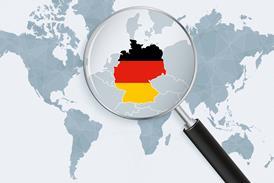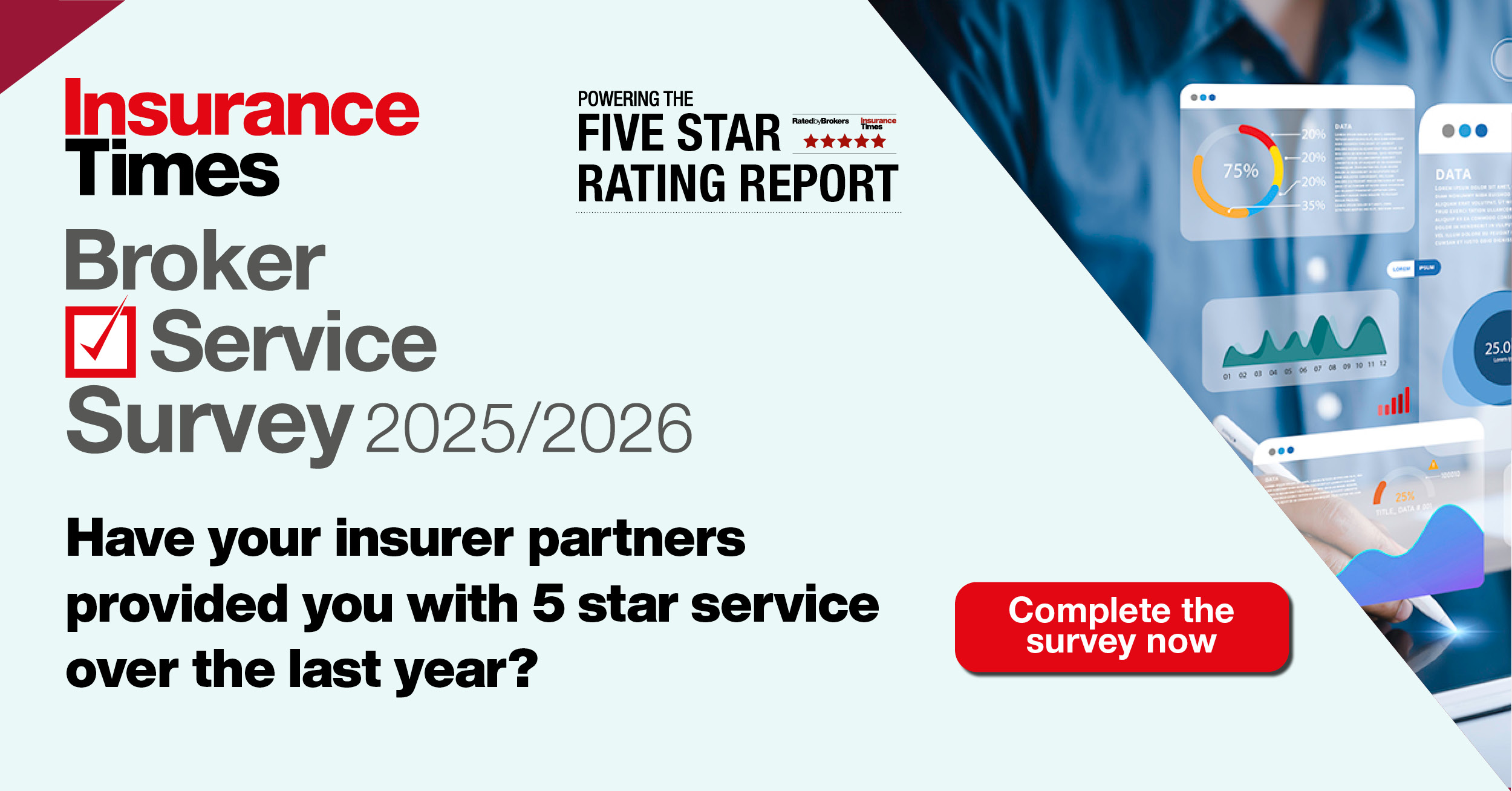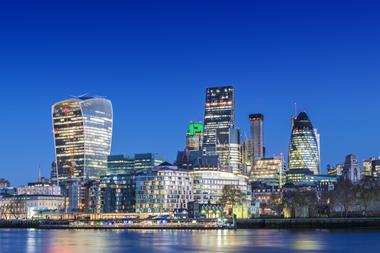China syndrome
As Marsh's latest survey reveals the risks to businesses operating in Asia, Andrew Holt asks why so few companies are prepared for having the oriental rug pulled out from beneath them
Companies that have supply chain dependencies in Asia lack awareness of potential harmful effects of operating in the area, according to a survey by Marsh.
The comprehensive report found that respondents were naïve about, or unaware of, the major risks in the region. For example, 40% of respondents were not prepared for a terrorism attack, while only 28% were prepared for a natural disaster that could destroy their supply and business operations.
Matthew Elkington, vice-president of Marsh's risk consulting practice, says the dramatic rise in supply dependencies with Asia, and in particular China, creates significant and diverse risk exposures, several of which are unique to the region in terms of their nature or severity: "For example, according to the European commission, 50% of product risk notifications arising in the EU in 2005 originated from China.
"Intellectual property, counterfeiting and ethical risks are often just as important as the more traditional infrastructure, financial and natural disaster considerations and should be given equal weighting on a company's risk agenda."
Infrastructure collapse
The Marsh survey found infrastructure risk is viewed as one of the highest areas of concern in Asia, with 54% of respondents saying a failure in infrastructure would have significant, or worse, repercussions for their business.
This is especially concerning when, according to the World Bank, East Asia will need to spend $165bn (£87.7bn) a year over the next five years to bring its infrastructure in line with current needs, which means some businesses are currently operating with inadequate infrastructure.
Elkington adds: "Without the proper infrastructure to sustain day-to-day business activities, such as manufacturing, the cost in business interruption can be extremely high.
"With infrastructure risk so high a focus and so significant in its effect on businesses, it is alarming many survey respondents were not happy with the local infrastructure, or confident their business continuity plans would be sufficient."
Worryingly, the Marsh survey found measures taken to protect intellectual property are low in Asia. Only 33% have specific IT security protection, 19% product tracking systems, while 12% have no security at all.
And this risk will continue to grow in the area with the European Commission reporting that 71% of counterfeit goods entering the EU originated in Asia, with 54% from China alone. The risks to profits that counterfeit items have on businesses are very high, as are the risks of genuine products being associated with poorly produced counterfeit versions that need to be recalled.
Thankfully, ethical risk and risks to reputation are not taken lightly by the respondents, with 52% dedicating resources to ensuring compliance with corporate social responsibility legislation. However, 20% said they had no specific measures in place.
Reputational risks
But Elkington warns that ethical risks, while less tangibly recognisable than infrastructure risks, can have severe effects on a business. Some companies face the risk that their Asian suppliers may be operating in an environment with poor labour laws and environmental records, and there are reputational risks if organisations are seen to exploit that.
In an environment where natural disasters are common, only 28% of respondents felt they had the right systems in place to maintain continuity of business operations and supply obligations if an event occurred.
And Asia has already experienced several large-scale natural disasters in the past few years, with the areas around eastern-China, India and Indonesia being the hardest hit. While these disasters can have a major impact on the physical side of a business, such as property damage, stock loss etc, the disruption to the supply chain can often be the most devastating.
Along with the effects on the supply chain, the interruption to business can prove very expensive. Elkington says: "In many natural disaster cases, people cannot come to work, product is damaged and it's very difficult to transport what product there actually is. So while a business is paying to fix the problems and damage from the disaster, no money is actually coming in."
Furthermore, in the current climate it is surprising that only 24% of respondents felt they were adequately prepared to manage a terrorism crisis if one occurred, 36% did not think they were vulnerable, while another 36%, surprisingly, did not know if they were prepared.
With large multinational companies being targets for terrorist attacks, not only from extremists but groups such as anti-globalisation movements, the risks associated with operating in an area with less security should be given more consideration.
But many of the respondents were aware of the threat of fraud and corruption and have taken steps to manage it. Only 4% were not monitoring corrupt and fraudulent activity at their company. 32% have fully operative monitoring and reporting procedures, and screen the background of employees and suppliers.
Elkington says: "In our experience this figure is optimistic, with some companies that believe the right systems are in place in case of a disaster occurring being surprised when all the risks were not actually taken into account."
Currently, the majority of the 225 human cases of H5N1 avian flu are concentrated in South-East Asia, with only a handful in Africa and Eastern Europe. Only 21% of the survey respondents had a business continuity plan in place to deal with a pandemic, while 24% felt they could continue operations elsewhere.
Dr Lee Jong-wook, former director general of the World Health Organization, has already commented that it is only a matter of time before an avian flu virus acquires the ability to be transmitted human-to-human, thereby sparking an influenza pandemic. With such a level of certainty, many businesses need to be better prepared, particularly in the Asian area.
Elkington concludes: "To manage supply chain risks in Asia, businesses need to map their risk exposure, identify and prioritise the major issues, run in-depth analysis and programme implementation, and finally monitor and control the process. Risks will always be present and crises will occur, but with solid contingency planning and supply chain risk management, companies can minimise the negative impacts and manage these situations more effectively." IT












































